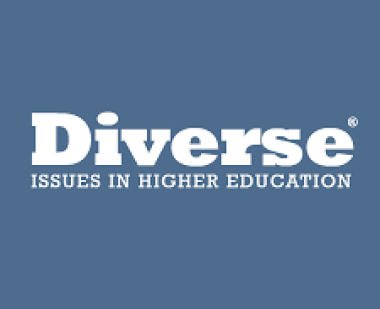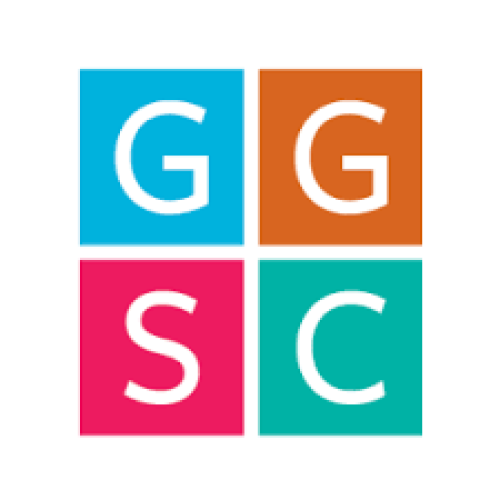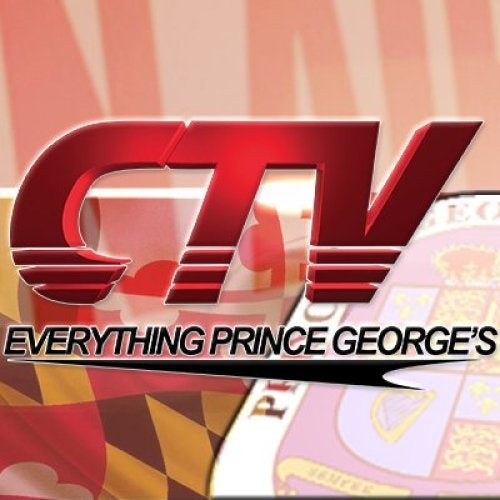
In an op-ed that spotlights how college applications can facilitate or limit equity, Associate Professor Julie J. Park encourages institutions to consider context when seeking to understand an applicant and their potential to contribute to their campus communities.
Colleges around the country rolled out their applications for the new admissions season at the beginning of August. Many made adjustments to their essay prompts, given that students are still free to discuss their experiences with race even under the Supreme Court ruling. Others made announcements around dropping early decision policies and legacy admissions.
Like the essay, extracurricular activities are a way for students to showcase their experiences beyond academics. Both are highly relevant as SAT/ACT scores are not required at over 1,800 institutions.
At surface level, activities seem like a way to level the playing field. In theory, anyone can sign up for a club or join the band. However, many are “pay to play,” requiring significant investments of time, money, and resources from an early age, from music lessons to travel sports. A recent study found that activities like athletics are a key part of the admissions advantage experienced by the most wealthy students.
Inequality is pervasive in extracurricular activities, but how does it actually show up on college applications?
Supported by the Bill & Melinda Gates Foundation, our research team studied extracurricular activities listed in 6 million college applications... Overall, we found that white, Asian American, private school, and more affluent students listed more activities and top-level leadership positions like president, founder, and CEO. They also reported more activities listing awards, honors, and distinctions. Black, Latinx, and Indigenous students reported fewer activities, but they had similar levels of top-level leadership roles as their white and Asian American peers. These students often have less opportunity to try (and pay for) extracurriculars. When they are able to join, they often excel. Inequality was especially prominent in sports, where public school, Black, Asian American, and low-income students reported notably fewer leadership roles.
Read the rest in Diverse Issues of Higher Education.



